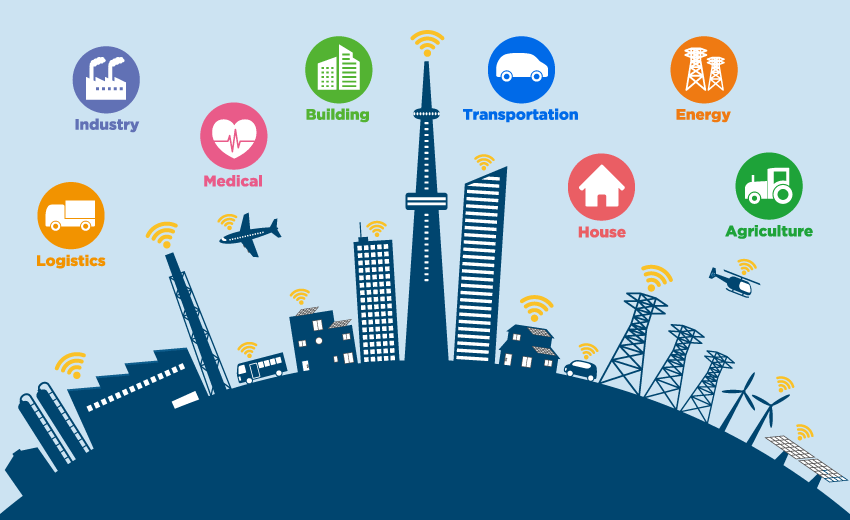From Data Silos to Smart Connectivity
In today’s fast-evolving urban landscape, data has become the most valuable asset for city management. However, data integration in smart cities remains a key challenge. Many municipalities still operate in silos, with different departments using incompatible systems that cannot communicate effectively. This lack of interoperability slows down decision-making and limits the potential of smart infrastructure.
The journey toward intelligent urban management begins by breaking those silos. By connecting transportation systems, energy grids, environmental sensors, and public services into one ecosystem, cities move from isolated information to real-time operational awareness. This is where MTi Arabia’s Smart Hypervisor plays a transformative role, enabling data exchange and control across diverse systems.
Why Interoperability Matters in a Smart City
Creating a Unified Urban Vision
Every smart city generates enormous amounts of data, from traffic lights and parking meters to air quality sensors and energy consumption logs. Without a common framework, these data streams remain fragmented. Interoperability ensures that all systems “speak the same language,” creating a unified city view.
By integrating heterogeneous systems through a single interface, decision-makers can monitor, analyze, and act on real-time information. This integration reduces redundancies, improves coordination, and supports proactive urban management.
Boosting Efficiency and Citizen Experience
When information flows freely across departments, cities become more efficient and responsive. For instance, if a water leak triggers a pressure anomaly, the Smart Hypervisor can immediately alert maintenance teams, adjust related systems like street lighting, and inform citizens through mobile notifications.
Such integration improves not only operational efficiency but also the quality of life for residents. A connected ecosystem ensures that public services are faster, safer, and more reliable.
The Role of Real-Time Systems in Smart Infrastructure
From Reactive to Predictive Governance
Real-time data transforms how urban systems operate. Instead of reacting to incidents after they occur, cities can predict and prevent problems. For example, predictive algorithms powered by real-time analytics can anticipate energy surges, manage traffic congestion, or detect water contamination before it becomes a public concern.
The Smart Hypervisor developed by MTi Arabia integrates these data sources into a unified control center, enabling municipal leaders to oversee entire urban operations in real time. This immediate situational awareness empowers faster, data-driven decisions that improve safety, sustainability, and efficiency.
Connecting Critical Systems Across Domains
Urban systems are deeply interconnected. Energy affects mobility; water management influences environmental health; transportation impacts air quality. Real-time integration through the Smart Hypervisor allows these domains to collaborate rather than operate independently.
For instance, when temperature sensors detect extreme heat, the system can automatically optimize street lighting schedules or adjust smart grid operations to reduce energy demand. These cross-domain interactions demonstrate how data integration translates into tangible sustainability benefits.
MTi Arabia’s Smart Hypervisor: The Core of Intelligent Integration
MTi Arabia’s Smart Hypervisor acts as the digital backbone of smart city infrastructure. Designed for interoperability and real-time orchestration, it connects multiple IoT platforms, legacy systems, and municipal networks under one intuitive interface.
The platform collects, normalizes, and visualizes data from thousands of connected devices, offering a holistic view of urban operations. Thanks to advanced analytics and AI algorithms, city managers can interpret vast datasets to identify patterns, optimize resource allocation, and implement automated responses.
In conclusion, the Smart Hypervisor transforms data chaos into coordinated intelligence, the key to unlocking the full potential of smart cities.
Driving Sustainable Growth Through Data Integration
Smart cities are not defined by technology alone but by how they use data to create value for citizens. By adopting integrated, interoperable systems, municipalities can reduce costs, minimize environmental impact, and improve public satisfaction.
MTi Arabia’s focus on engineering development and integration enables cities across the GCC to implement data-driven solutions that scale over time. As urban environments grow more complex, the need for data integration in smart cities will only intensify, making interoperability the foundation of every sustainable and efficient metropolis.
From Integration to Intelligent Action
The future of smart cities lies in real-time collaboration between systems, powered by seamless data integration. MTi Arabia’s Smart Hypervisor exemplifies how advanced technology can bridge information gaps and turn fragmented networks into a single, responsive entity.
Through interoperability and instant data exchange, cities can evolve from data collectors to intelligent decision-makers, achieving the ultimate goal of data efficiency in urban living.
Contact our team to know more about these services: here



